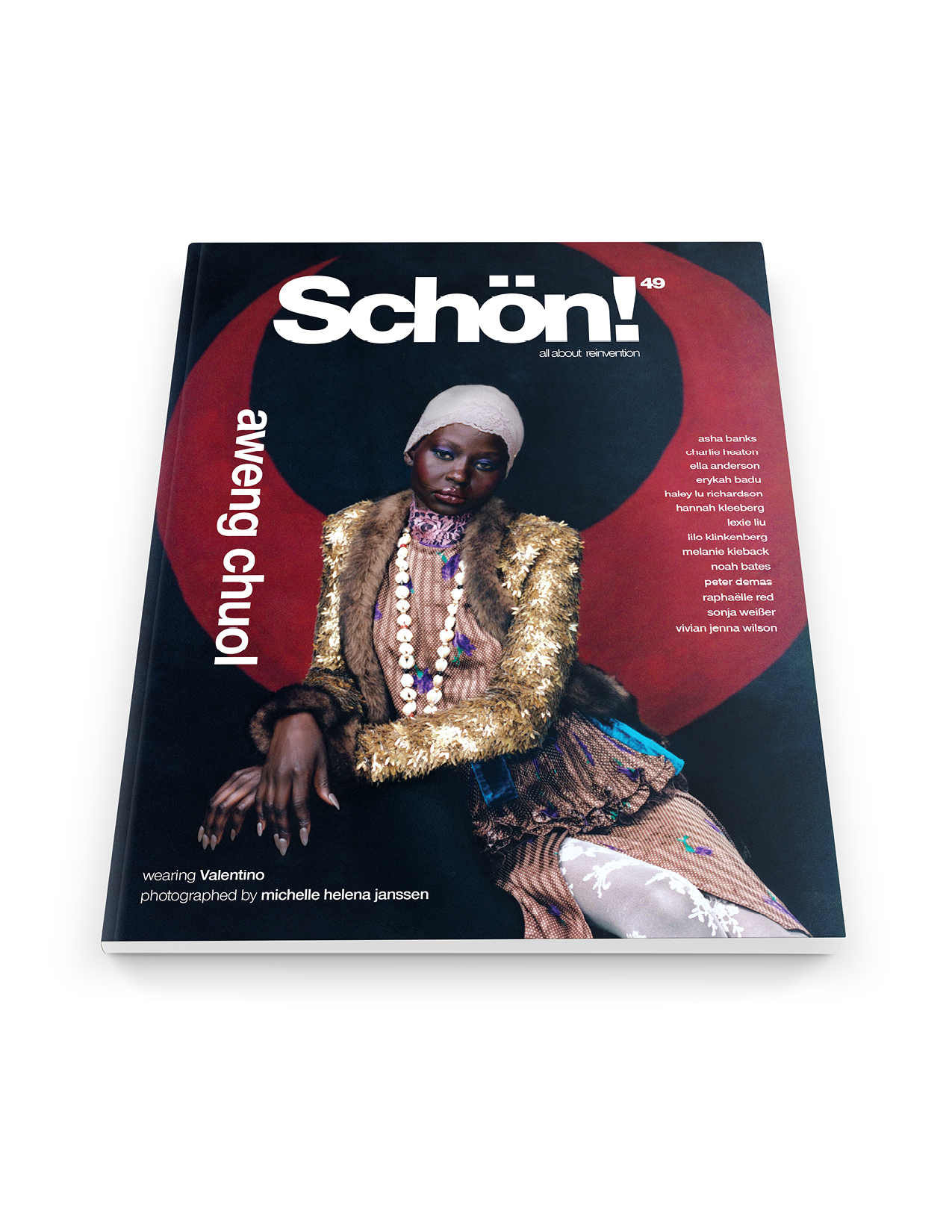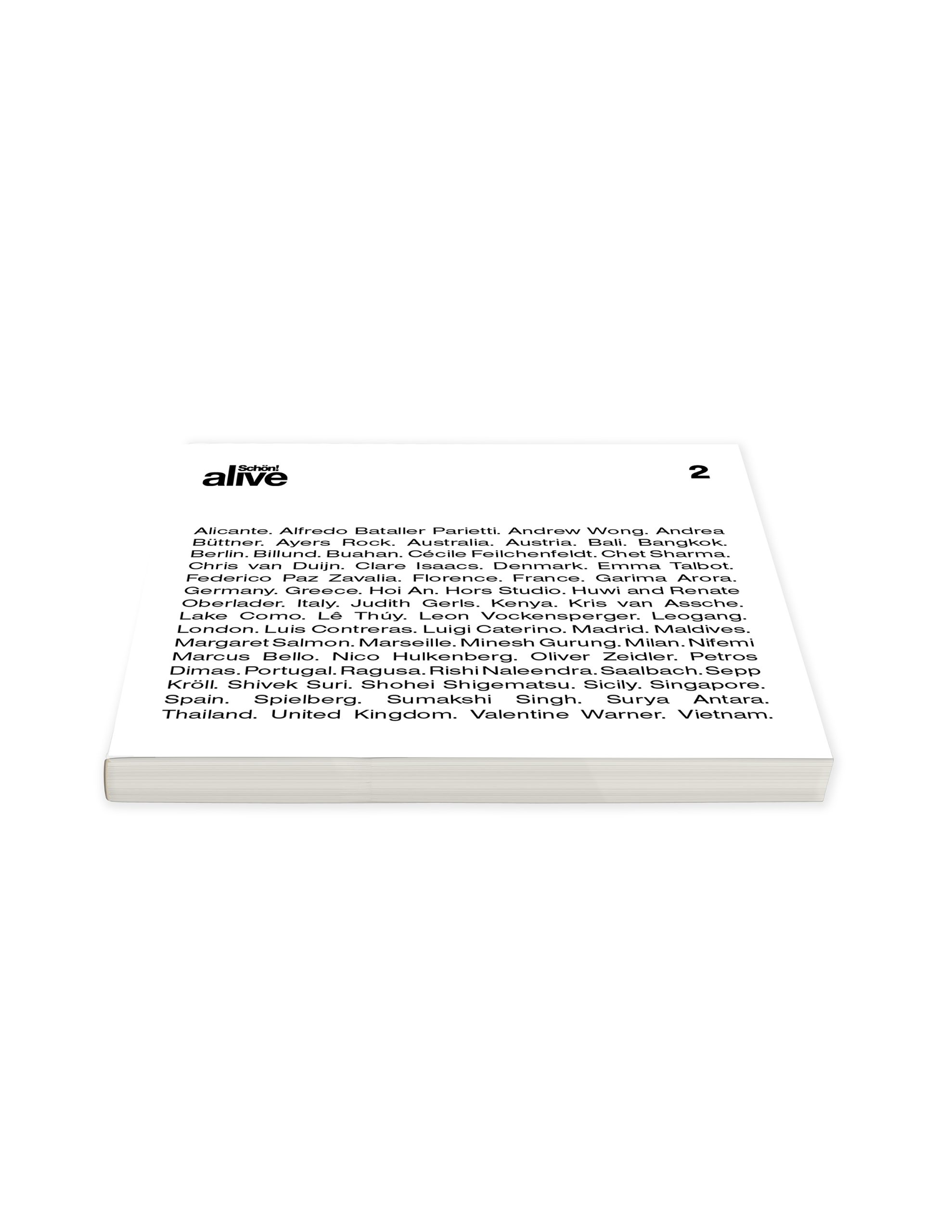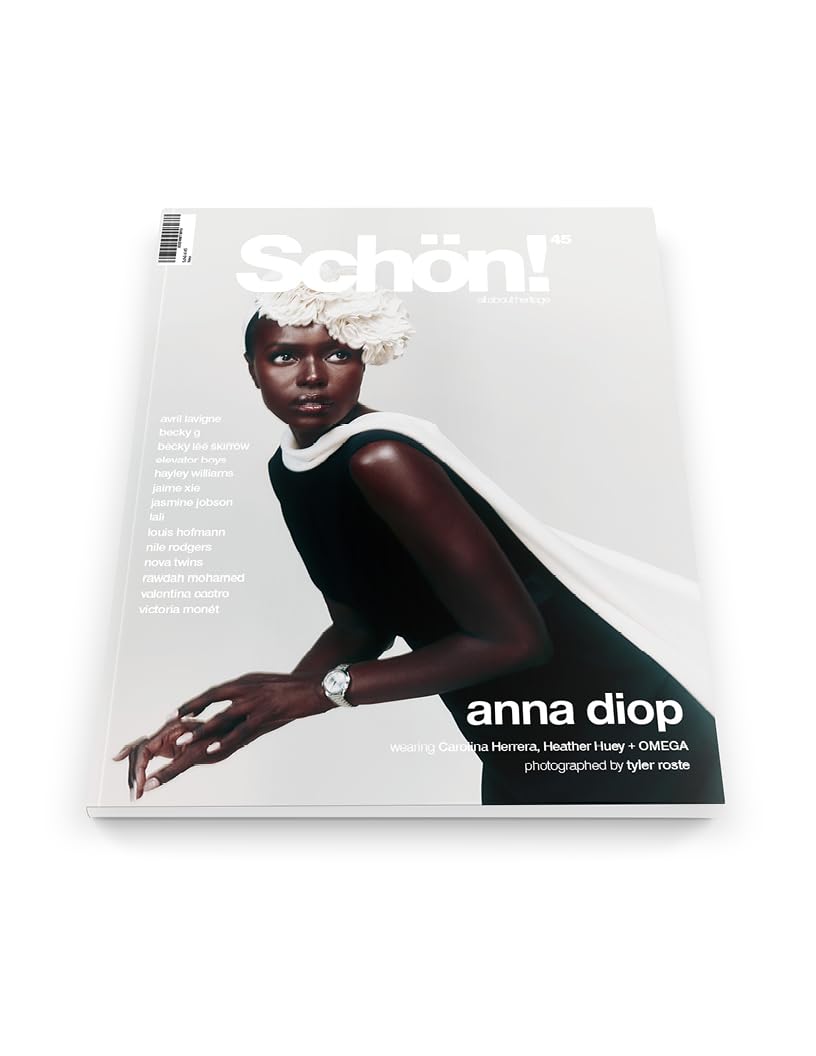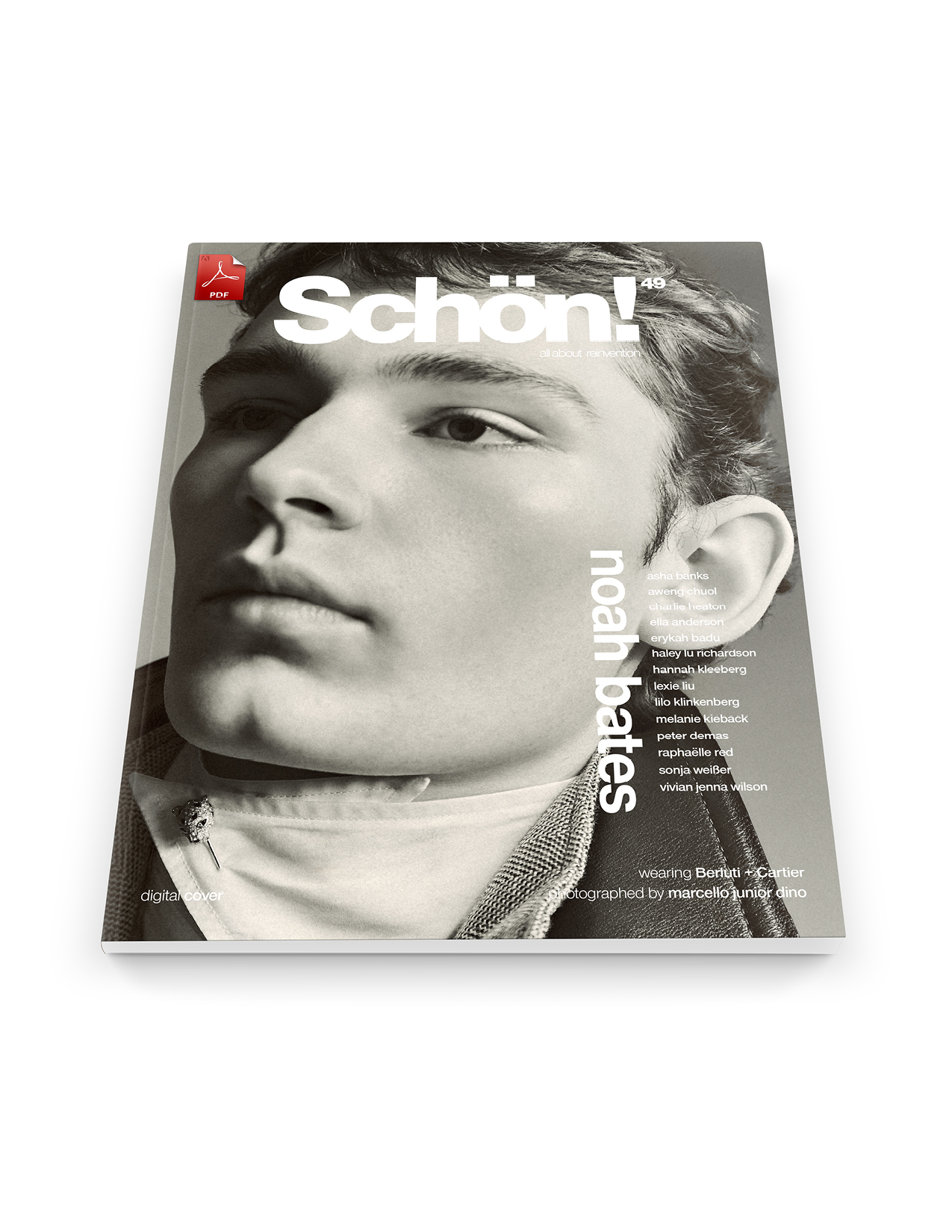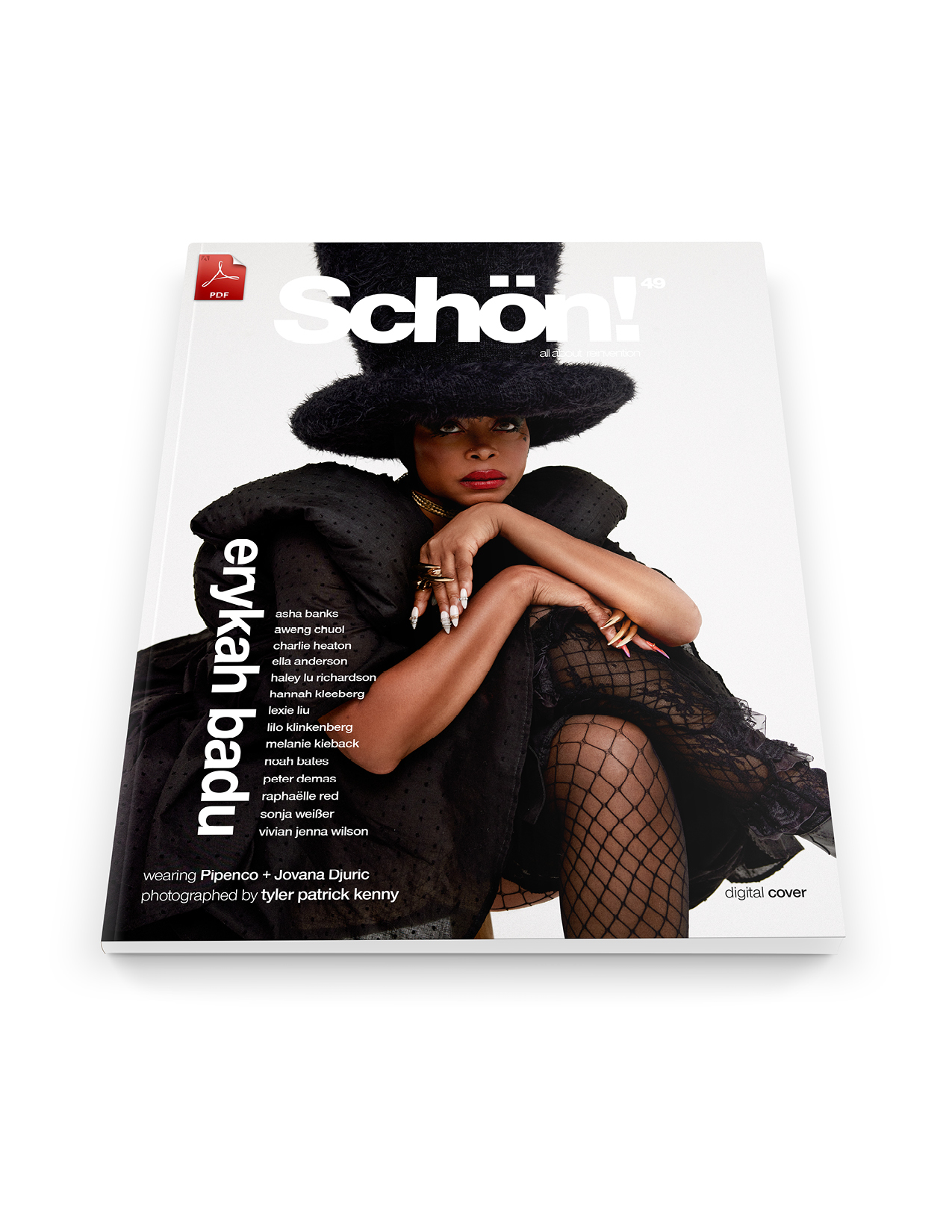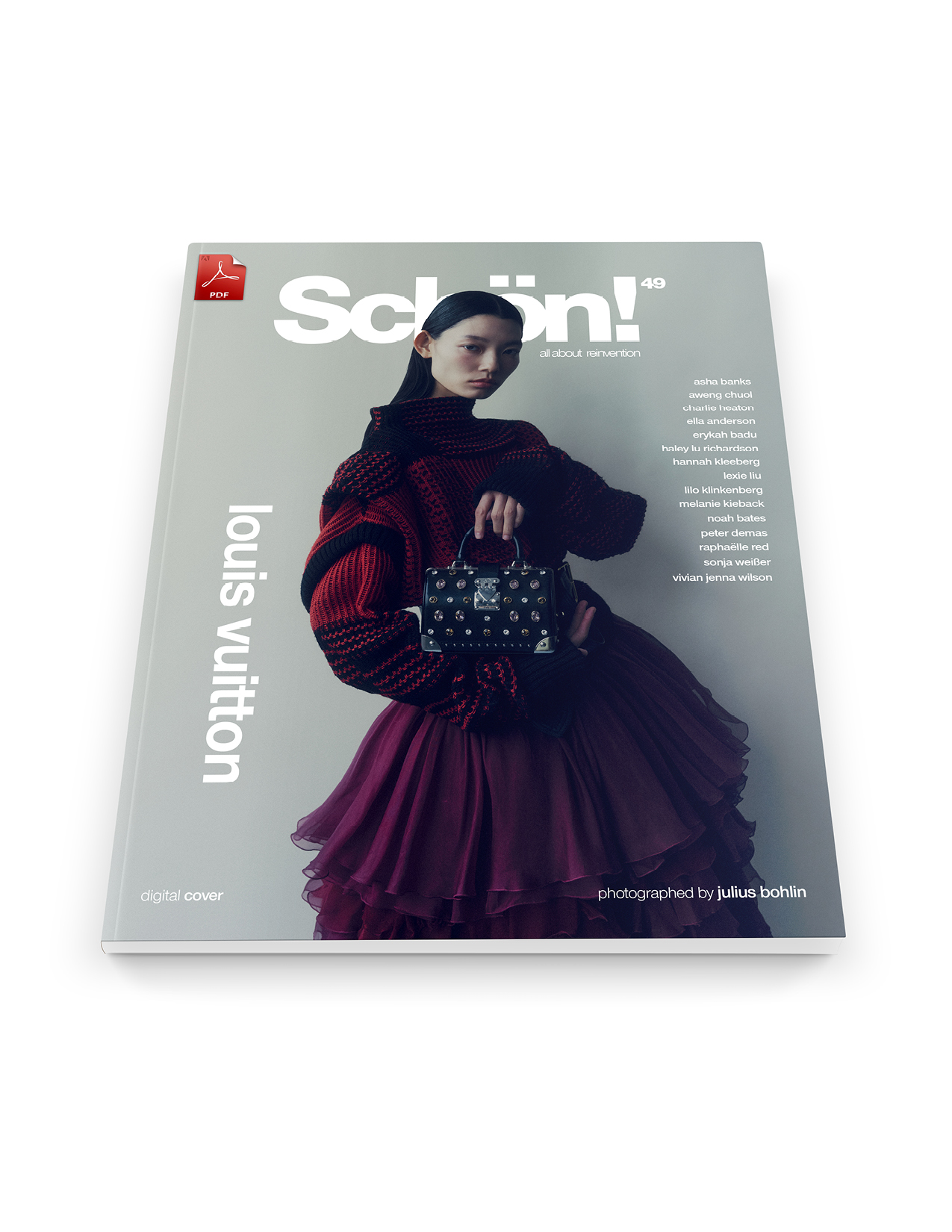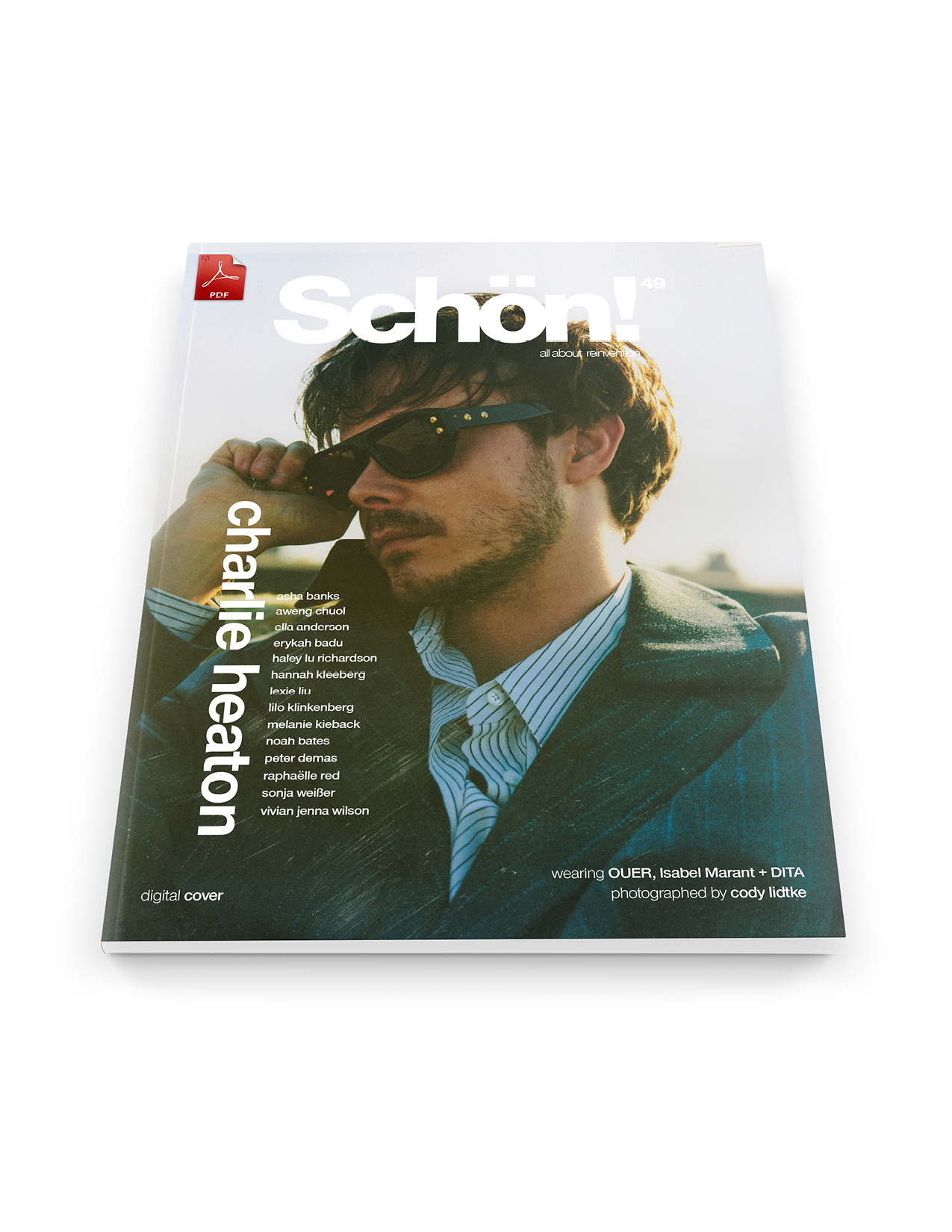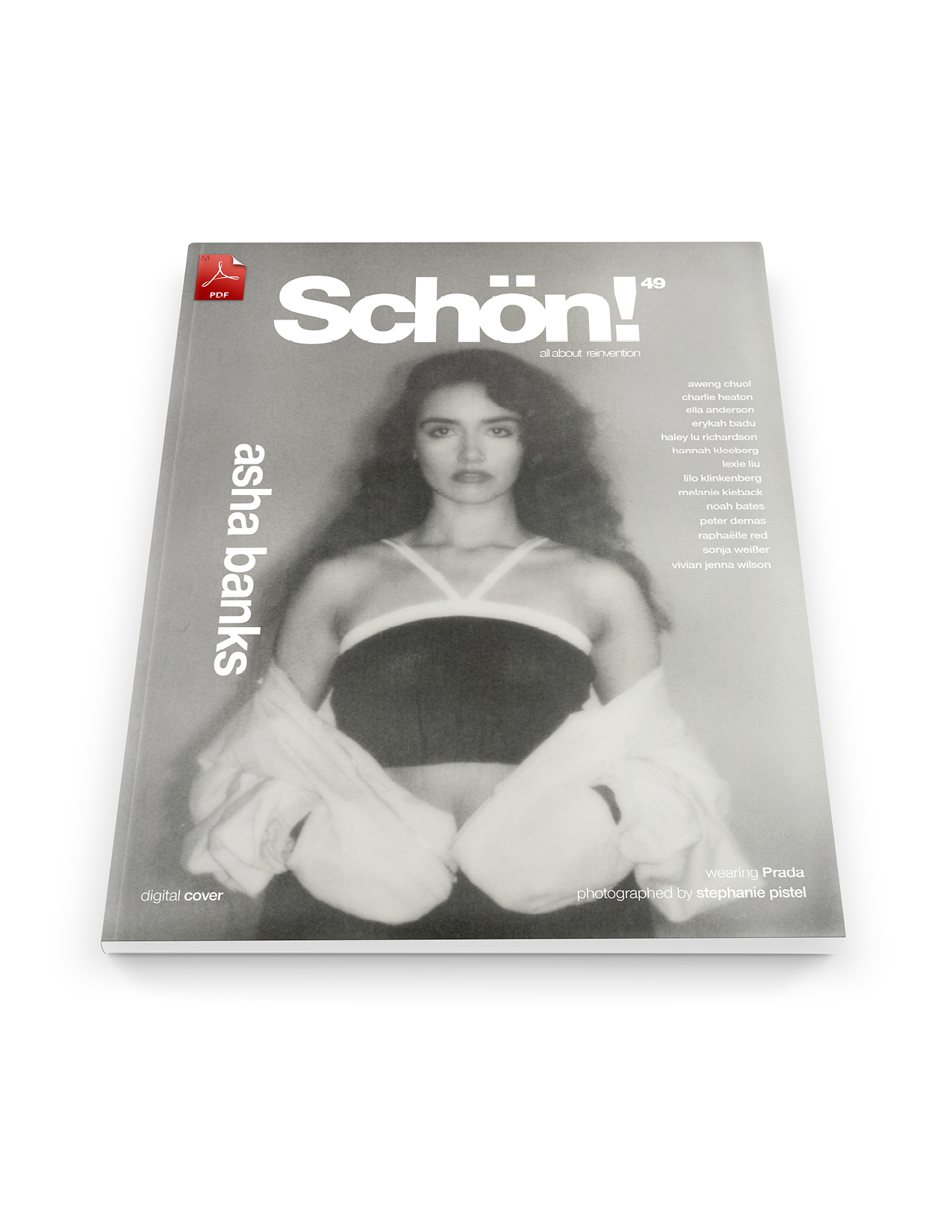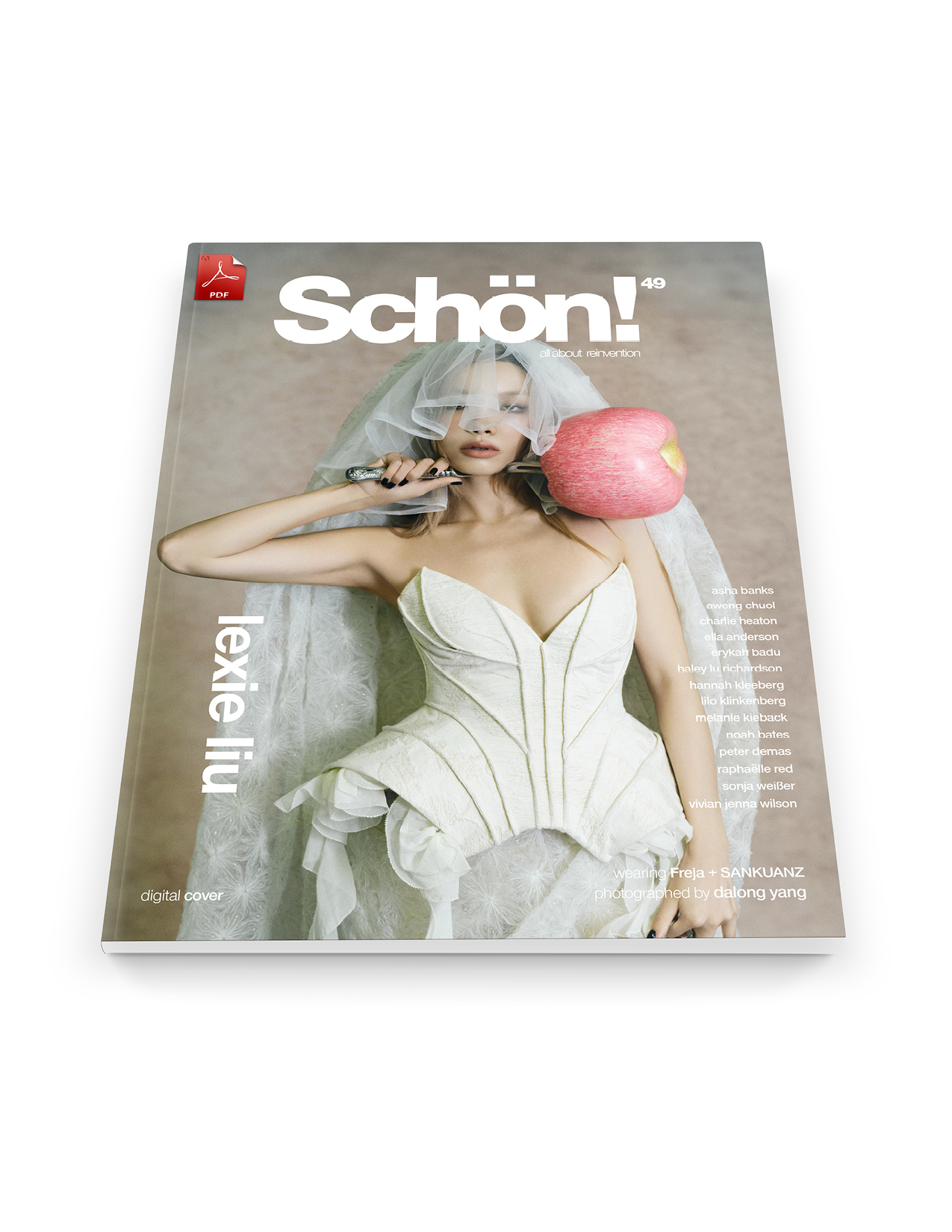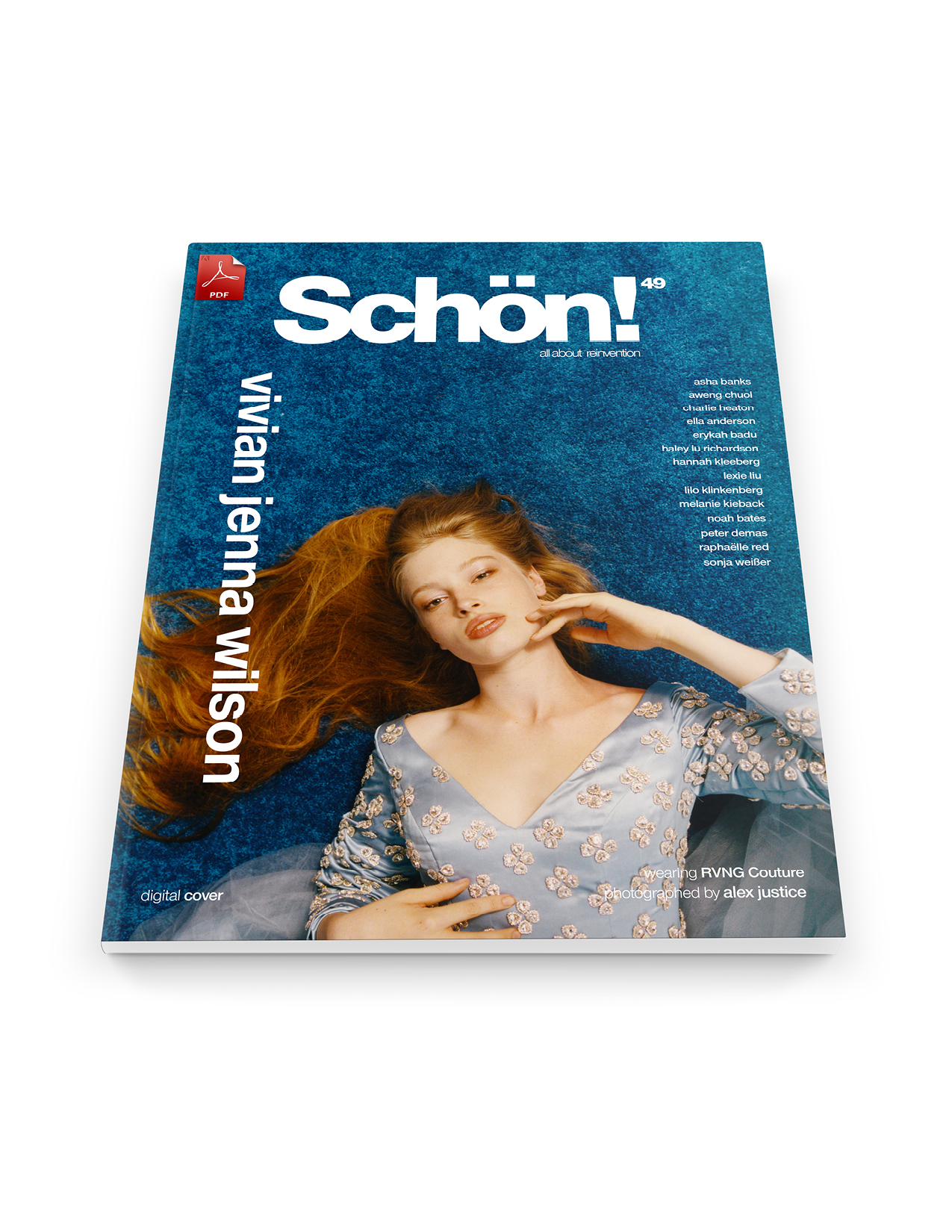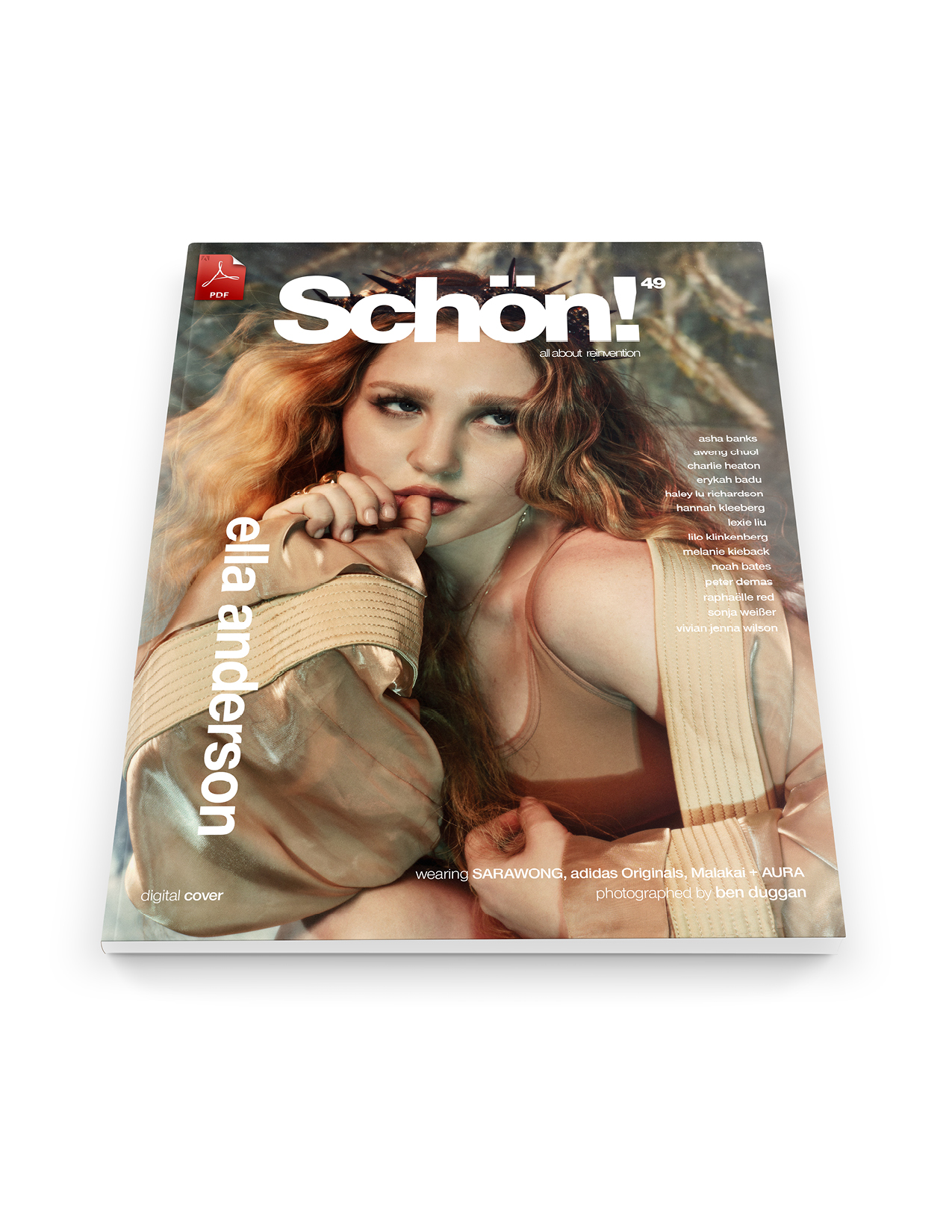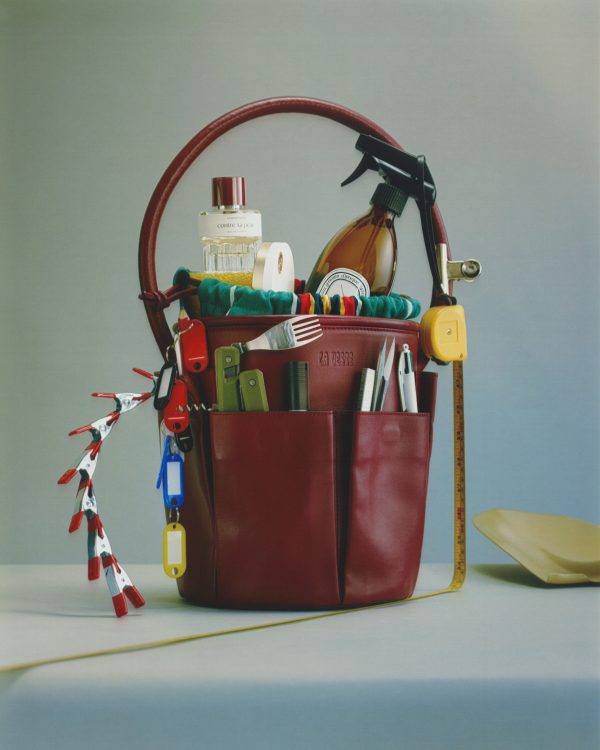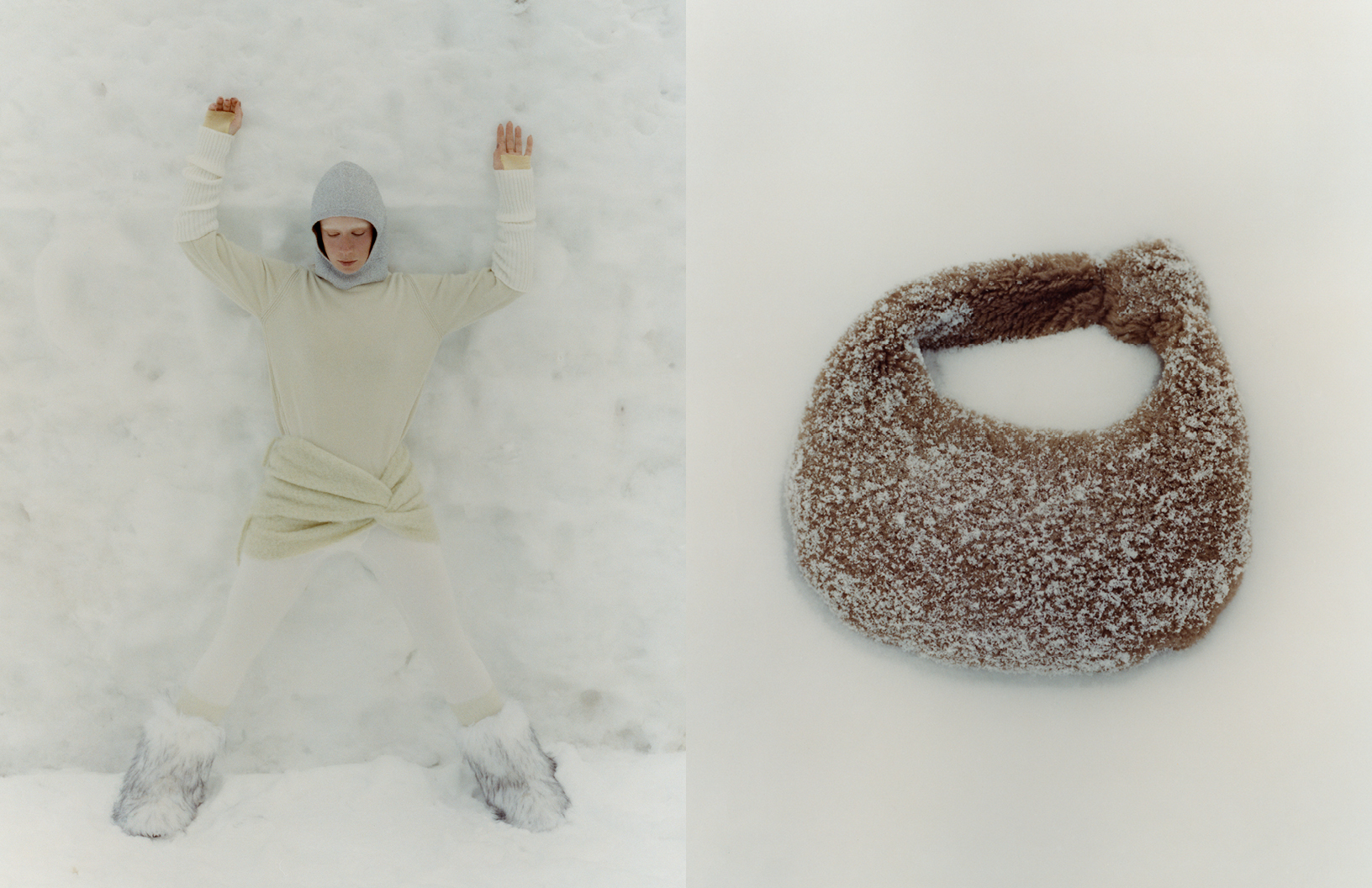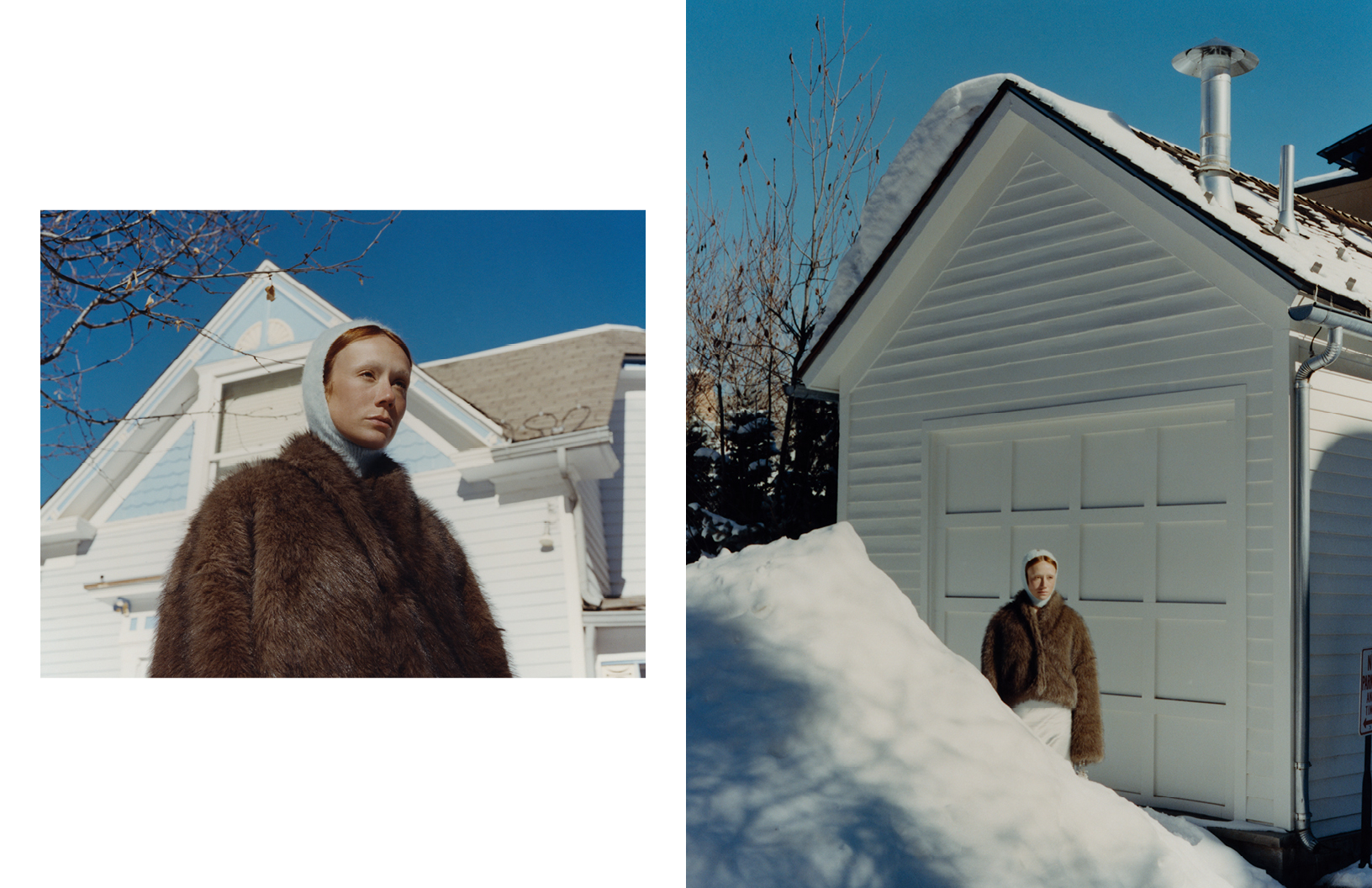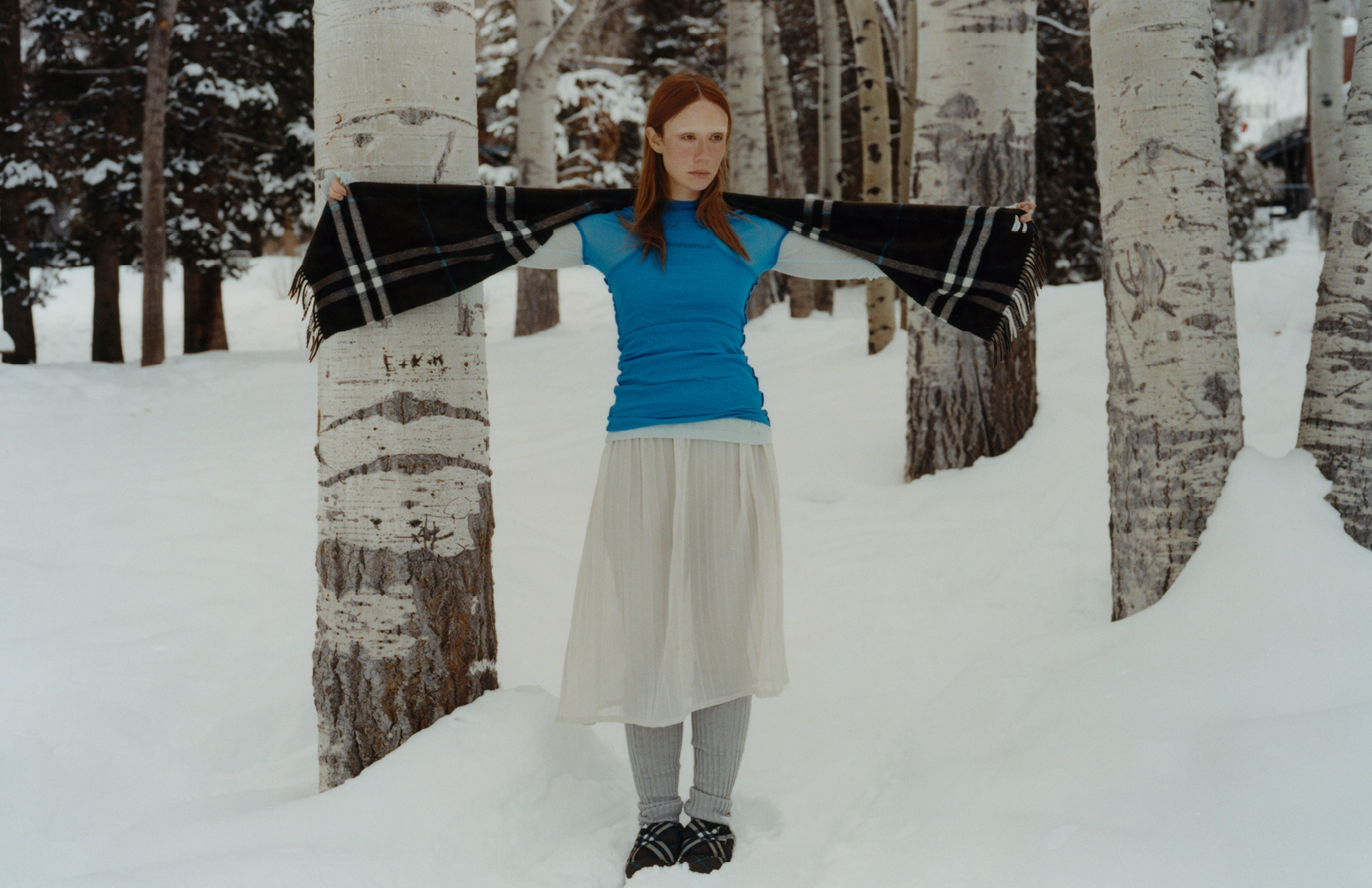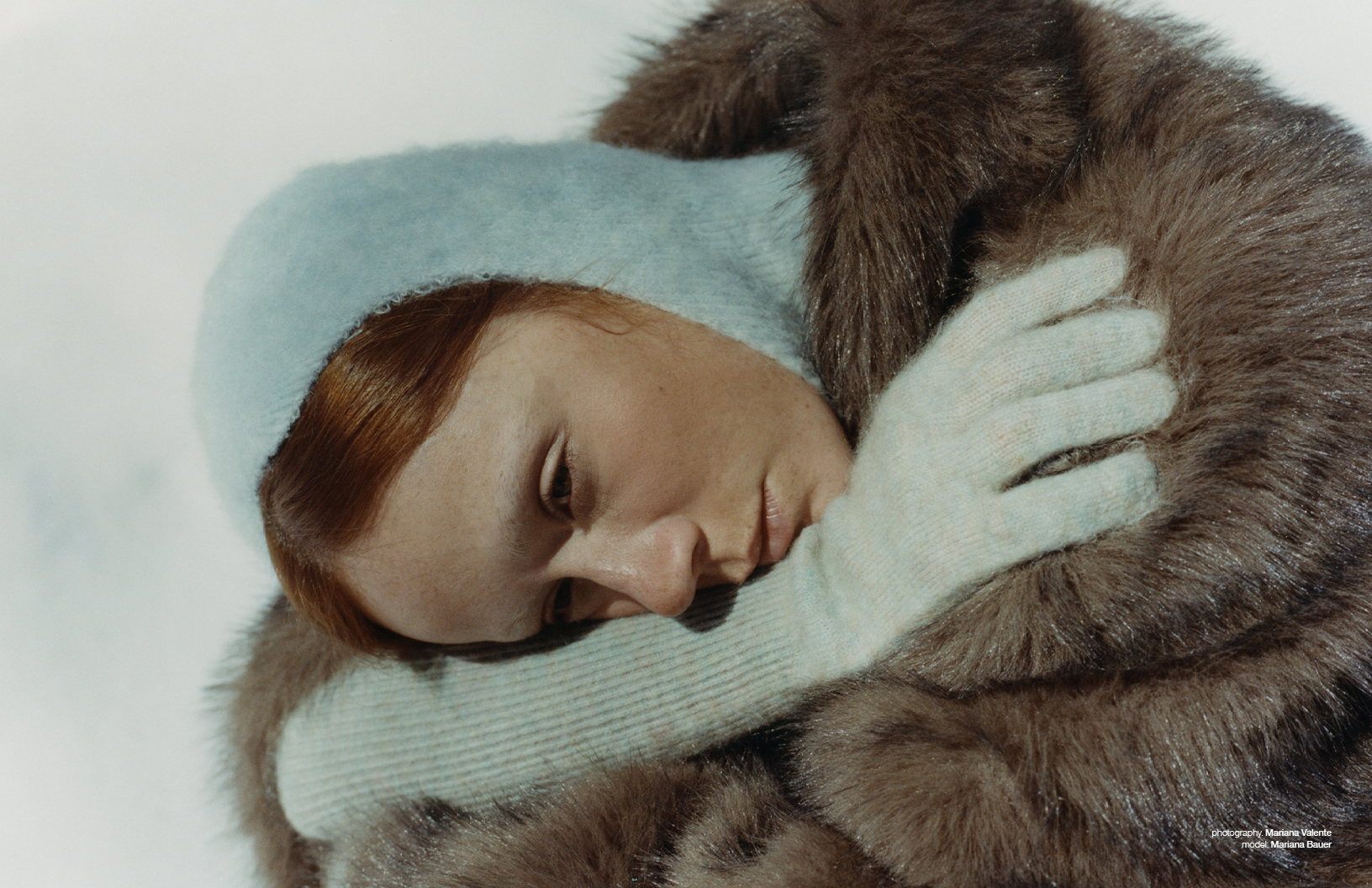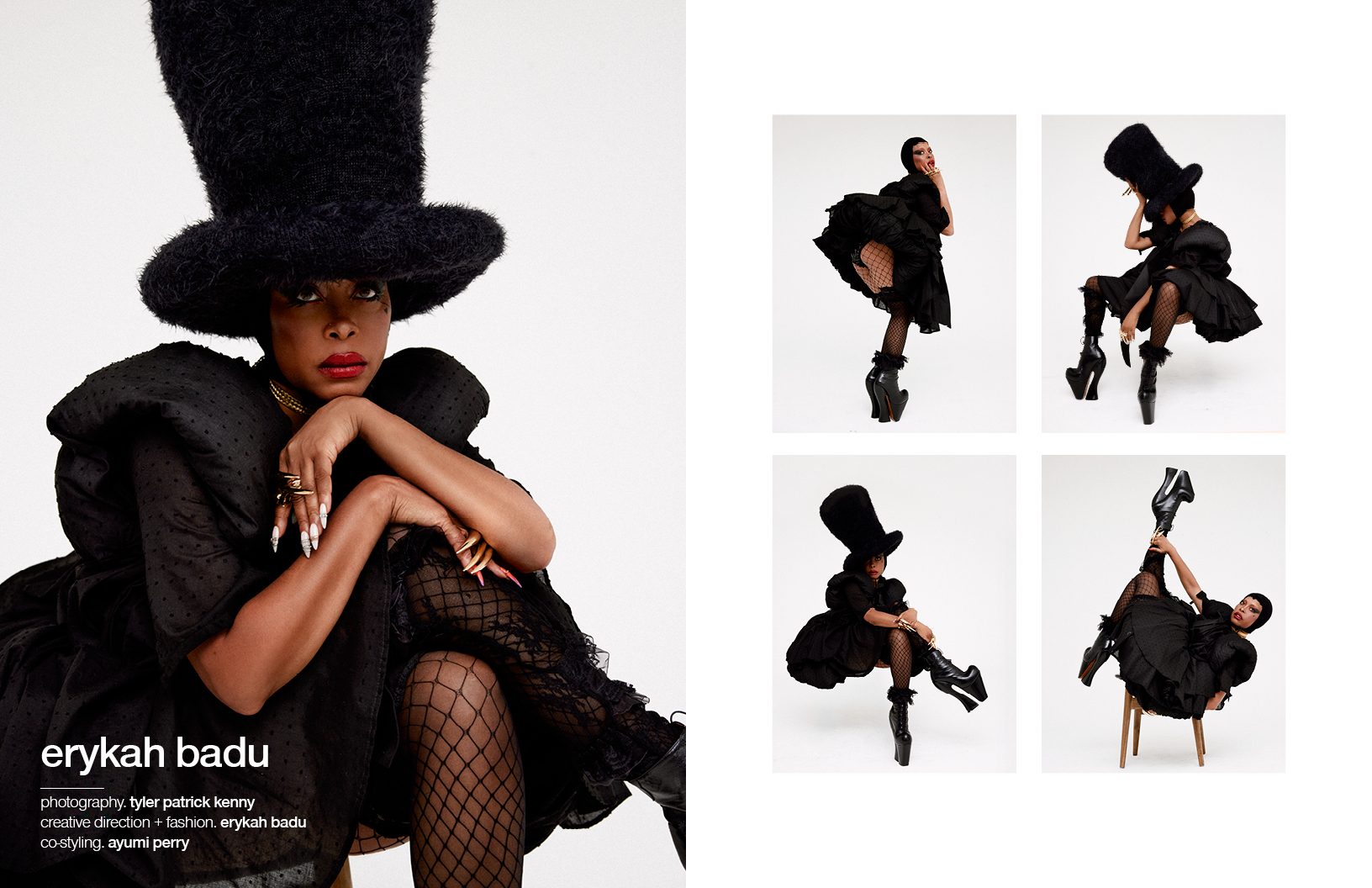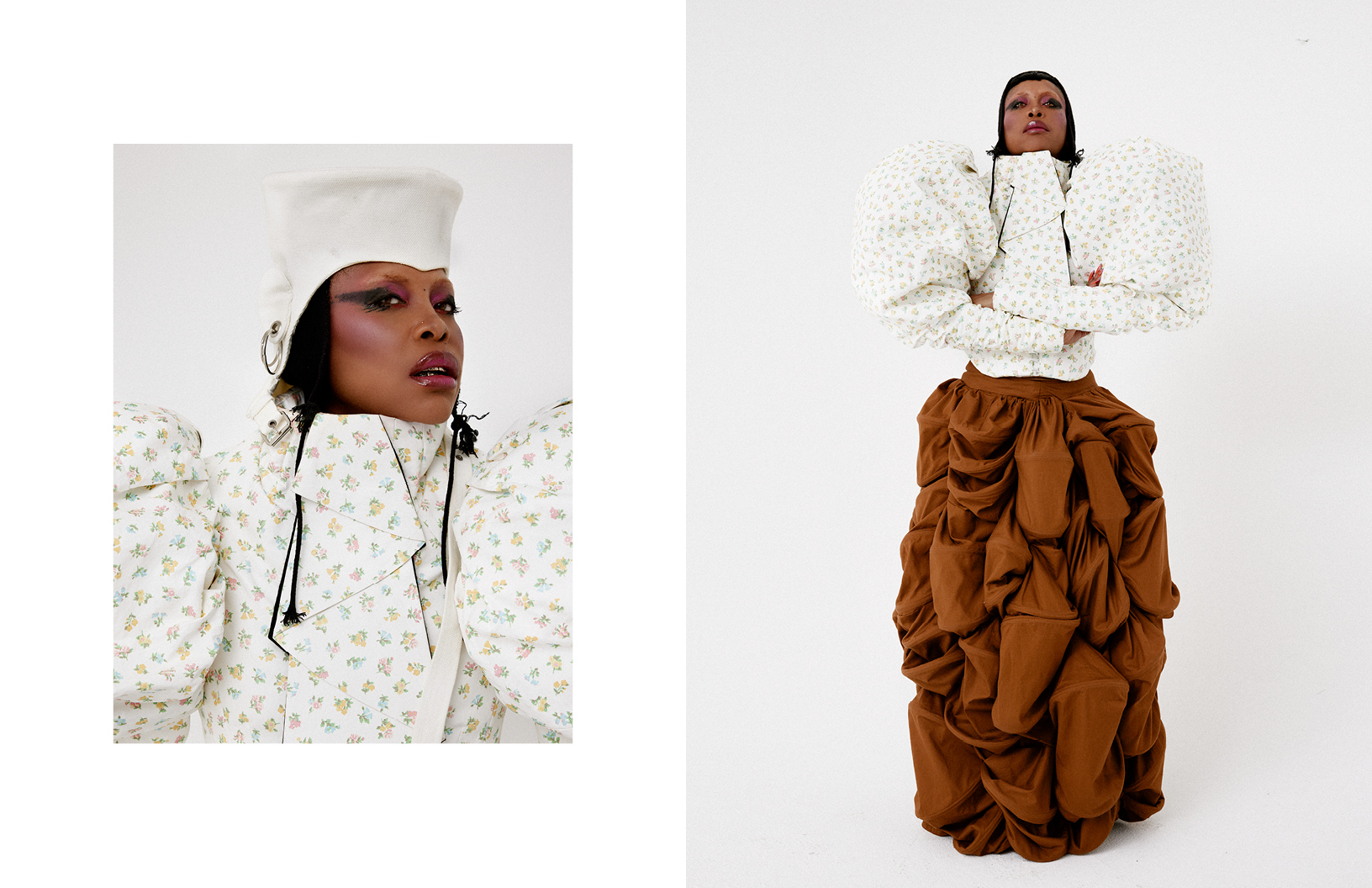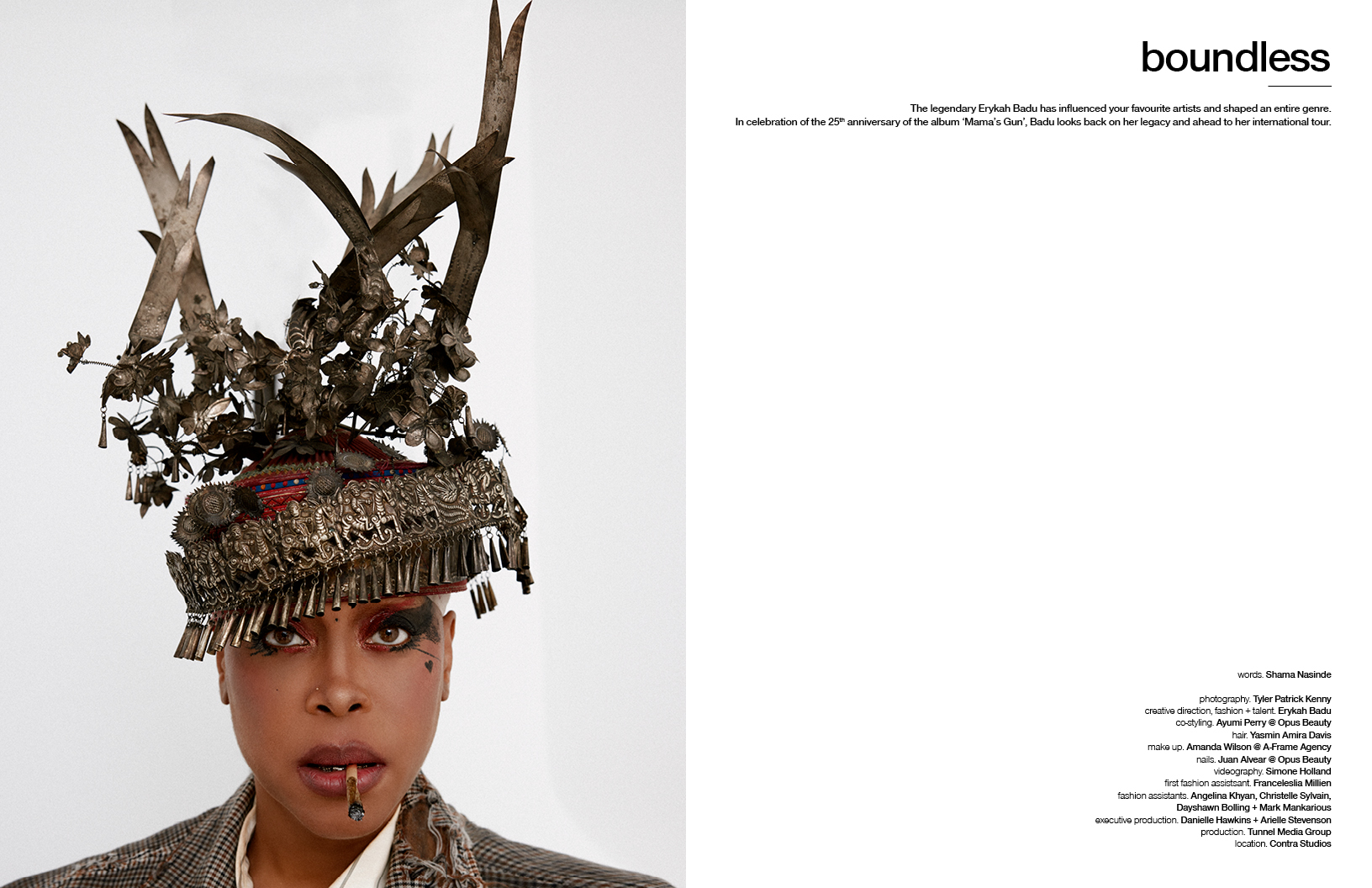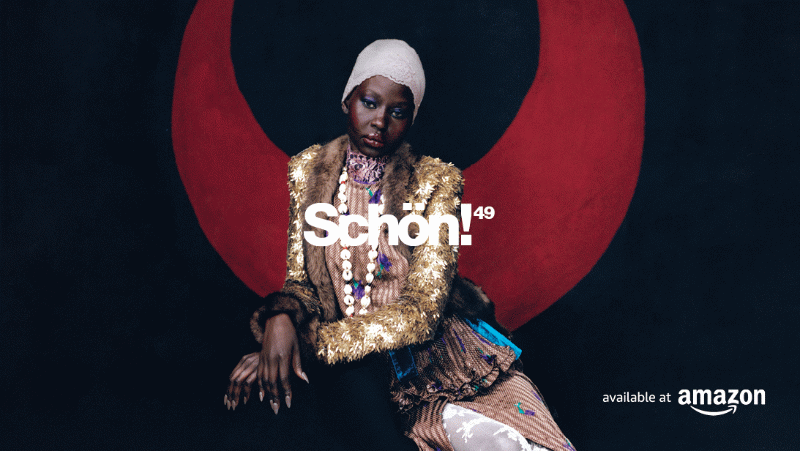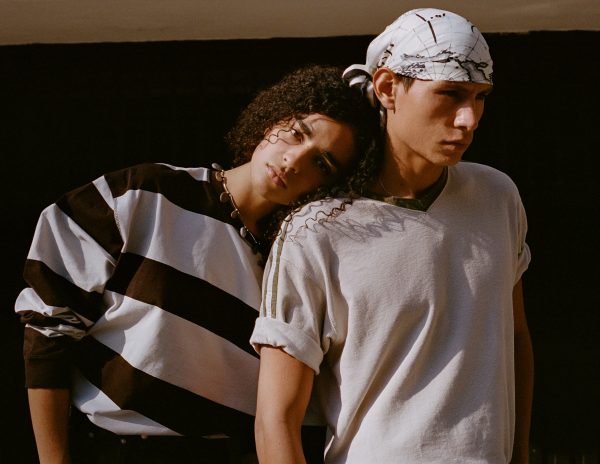 Lights, music and lots of fashion action. Throughout March, a glittering parade of fashion’s best and brightest converged on the coastal Italian town of Trieste. Welcomed by President of Fondazione ITS Barabara Franchin, they came together to discover and applaud a careful selection of ten fresh talents headlining the ITS Contest, founded by Franchin twenty-three years ago. Since 2002, the spectacular celebration has become a vital space for discovering and nurturing the next generation of designers worldwide. Coveted names like Tolu Coker, Emma Chopova and Laura Lowena are only a few of the star-studded alumni to have participated over the years.
Lights, music and lots of fashion action. Throughout March, a glittering parade of fashion’s best and brightest converged on the coastal Italian town of Trieste. Welcomed by President of Fondazione ITS Barabara Franchin, they came together to discover and applaud a careful selection of ten fresh talents headlining the ITS Contest, founded by Franchin twenty-three years ago. Since 2002, the spectacular celebration has become a vital space for discovering and nurturing the next generation of designers worldwide. Coveted names like Tolu Coker, Emma Chopova and Laura Lowena are only a few of the star-studded alumni to have participated over the years.
Likewise, the contest’s sponsors, advisory committee and jury are forces in the fashion industry, ranging from professionals like British punk icon Dame Zandra Rhodes, celebrity stylist Tom Eerebout and Andrea Rosso, sustainability ambassador for the OTB Group. Not only did we speak to these trailblazers, but we also found a moment during the weekend of award ceremonies, press conferences and exhibition tours to interview the contest’s ten talents and winners. Read on to discover how these fresh faces are being honoured for their ingenuity and the inspirations behind their award-winning projects.
From nominees to finalists
From hundreds of nominations across the world, the ITS Contest’s advisory committee narrowed down the selection to just sixty nominees. The jury then surveyed each designer’s portfolios and projects until ten candidates remained, selected for innovative designs reflecting diverse cultural perspectives and contributing to the evolving conversation in fashion. The designers, including Cindy Zhaohan Li, Gabrielle Szwarcenberg, Macy Grimshaw, Maximilian Raynor, Mijoda Dajomi, Naya El Ahdab, Patrick Taylor, Qianhan Liu, Yifan Yu, and Zhuen Cai, were invited to Trieste for around two weeks of collaborative projects, research and communal gatherings.
“It was a life changing experience. We became a family,” says Barbara; recalling the cooking classes and discussions that united the participants. It therefore fits that for the first time in ITS history, every designer was given the opportunity to showcase their work collaboratively, emphasizing growth over competition. This refreshing approach shifted the traditional focus from rivalry to mutual support and shared development.
As well as securing additional awards, each candidate has received the ITS Creative Excellence Award 10x10x10 and Rewarding Honours from OTB Group, culminating in mentorship, training sessions, and industry visits sponsored by leading fashion brands like OTB Group, Vogue Eyewear, Swatch, EssilorLuxottica, and Fondazione Ferragamo. The coveted ITS Jury’s Rewarding Honours award was attributed to Maximilian Raynor, and the ITS Fashion Film Award went to Meret Olympia Salome Baer. Meanwhile all of the designers’ works will be featured in the Borderless exhibition at the ITS Arcademy – Museum of Art in Fashion, set to open on March 27, 2025.
Here is the full lowdown on what each nominee has won and their inspiring collections.
Meet the Ten Forces in Fashion
Maximilian Raynor
United Kingdom, Awarded the ITS Jury’s Rewarding Honours
With his MA collection debut at last year’s Central Saint Martins’ LFW show, Maximilian Raynor was quickly labeled ‘one to watch’ by various leading media outlets. This came as no surprise following the success of Raynor’s breakout BA show, which was featured in British Vogue as well as The Pirelli Calendar. Styled by Amanda Harlech, it eventually walked the runway in Rwanda for a show hosted by King Charles III. Other notable fan’s of the designer’s romantic looks include Lady Gaga, Chappell Roan, Ellie Goulding and Rita Ora to supermodels Ashley Graham, Paloma Elsesser, Precious Lee and Adut Akech.
Aside from Raynor’s accolades, his brand captivates audiences with its blend of historical avant-garde and distinct ‘London’ energy. “With a reverence for theatricality, my politically charged designs deconstruct/ re-define glamour,” says the designer. The collection nominated to the ITS Contest was Manor For Heaven, a lineup of characters dressed to the nines as they wait to be admitted into heaven.
“The collection is an anti-patriarchal protest set in a purgatory,” says the designer. His accompanying fashion film depicts a party of outcasts in a palatial manor a la purgatory. “It poses questions about who or what grants entry to heaven” Raynor explains. Made entirely from deadstock materials and incorporating zero-waste cutting techniques, the collection showcases eclectic textures, including “shredded tweeds, which I call ‘Chanel dragged through a protest backwards,’” along with glitching ginghams and oversized hand-crocheted knitwear.
Raynor’s design pillars are innovation, theatricality, and community. His work is supported by various initiatives, including Hi Fi, a non-profit organization that helps emerging designers. With their backing, he debuted his collection Welcome to the Un-United Kingdom at London Fashion Week. “It’s a celebration of storytelling, music, theater, dance, and keeping London relevant in the fashion world,” Raynor says. The collection, set in a pagan dystopia of 3025, was made possible by the €10,000 sponsorship he received as an ITS finalist. “The residency has been incredible,” he adds. “It’s been a genuine community, and we’ve all worked together so well.”

Gabrielle Szwarcenberg
Belgium, Rewarding Honours Powered by Vogue Eyewear parte di EssilorLuxottica
Gabrielle Szwarcenberg, a designer from Antwerp, Belgium, presented the ITS Jury with her Master’s collection, Got it Dog Eared, inspired by the ephemeral beauty of paper airplanes. “Everything started when I discovered the work of Harry Smith, an anthropologist who salvaged discarded objects from the streets of New York,” Szwarcenberg explains. “His collection, found after his death, was filled with forgotten pieces, and I wanted to honor that fleeting, personal nature in my work.” This discovery sparked her interest in using everyday objects like paper to find meaning in the mundane.
Szwarcenberg has always been fascinated by transforming the ordinary into the extraordinary. “The more mundane and ordinary something is, the more inspired I become,” she says. For this collection, she revisited childhood creativity— “the moments when boredom sparked invention,” leading to pieces like eyewear inspired by string figures and bags shaped by shadow puppets. Her approach was rooted in simplicity: “It’s about overcoming the fear of a blank canvas. Anyone can do it—so no excuses!”
In her garments, Szwarcenberg combined her love for tailoring with references to paper planes. For example, a dress made from a folded New York magazine cover pays tribute to the era and style captured by Smith. “I spent hours researching magazines from the 1960s, diving into the simple beauty of that time,” she says. She also created a non-woven shirt inspired by Life Magazine advertisements, emphasizing the innocence of childhood creativity.
Jewelry and footwear were also key to the collection. Szwarcenberg, who is transitioning into footwear design, found inspiration in the rubber erasers of her childhood. “I wanted the shoes to have an industrial feel, coated in rubber like furniture,” she explains. Through her work, Szwarcenberg celebrates the power of simplicity and the beauty of the everyday.

Macy Grimshaw
France and the United Kingdom, Rewarding Honours Powered by Swatch + by Fondazione Sozzani
Macy Grimshaw created a deeply personal collection centered on her grandmother’s battle with Alzheimer’s disease. The collection explores the fragility and fading nature of memory through the medium of paper. “I was looking at photographs and letters that my grandmother no longer remembers,” Grimshaw shares. “I realized paper could be a way to represent the fading of memory.”
For one particularly bewitching look, the designer photographed a dress worn by her grandmother and draped like a poster on the model’s body. A central idea of Grimshaw’s collection was the concept of tearing posters. “I wanted to create the image of a girl who rips a dress off a poster and wears it,” she explains. The act of ripping led Grimshaw to develop a sheer chiffon dress using piercing techniques to form patterns, symbolizing the disappearance of details over time. “I wanted the final look to feel like memory was fading, so I added paper elements like a cape and bag,” she says.
The collection also included more experimental pieces, such as a trench coat designed to look as though it was emerging from a wall. “I wanted it to look like the coat was part of the environment, like a piece of paper peeling off the wall,” Grimshaw explains.
Perhaps one of the most awe-inspiring pieces was a catsuit decorated in the handwriting of Grimshaw’s grandparents. “I thought about imprinting their letters on the body as if tattooing them onto the skin,” she says. Another highlight of the collection was a 3D-printed dress featuring collaged images of her grandmother. “I spent hours molding, cracking, and sewing the textile,” she reflects. “This was the most personal piece of my collection. It’s all about capturing the impermanence of memory.”
Mijoda Dajomi
Germany, Awarded the ITS Creative Excellence Award 10x10x10 and Rewarding Honours from OTB Group
Mijoda Dajomi’s ITS project, is a fashion-based exploration of rainwater collection. “My project uses the medium of fashion to draw attention to critical environmental issues,” Dajomi explains. Through her work, she envisions a future where every drop of rain is cherished, and communities scramble to collect it whenever it falls. “I envision rain to become so valuable that whenever it occurs, we all will rush outside, eager to collect every drop,” she says. This vision is reflected in her creation of a fictional society, Daughters of Rain, born in response to the water crisis of 2085.
In this visionary society, individuals progress through four stages and ranks, each defined by their rainwater collection abilities. The first stage, allows for the collection of up to 500 milliliters of water, while the highest rank, Terrain Guardians, can collect up to five liters, playing a vital role in holding the society together. “These devoted individuals journey from four transformative stages, each marked by their commitment to rainwater collection,” Dajomi explains.
The concept and aesthetic of Dajomi’s collection draws inspiration from the Lay sisters and their religious devotion in times of crisis. “These sisters embodied the mission of an order, joining together across centuries with a common creative purpose,” Dajomi says. Just as these women dedicated themselves to service, the Daughters of Rain devote themselves to the stewardship of water. The collection is made from wax cotton, chosen for its waterproof qualities, while Dajomi’s meticulous creative process involves mock-ups, pattern-making, piping, hand stitching, and wax sealing to ensure the garments are fully functional for rainwater collection.
Dajomi emphasizes that her project is speculative and fictional, designed to provoke thought and spark conversations about environmental issues. “It’s not supposed to propose a solution to a problem, but to draw attention to it,” she says. Looking forward, she plans to expand her designs into more versatile pieces, continuing to experiment with the same materials and techniques.

Naya El Ahdab
France, Rewarding Honours Powered By WRÅD
Naya El Ahdab’s collection is deeply personal and “traces [her] journey as a disabled woman.” Through morphing garments, she tells the story of a young girl who initially struggles with her differences, trying to hide them under her clothing. Eventually, she realizes that true freedom comes from embracing those very differences. A piece moulded with fiber-glass mimics the shape of the corset once worn by the designer herself. Its straps and hard exterior is reminiscent of the corset worn by Frida Kahlo, an inspiration behind the garment and iconic painter who referred to her own corset in her pieces.
Naturally, the collection is grounded in the concept of inclusivity and self-empowerment. “The fabric follows your body and the position you’re in,” she explains, noting that the designs change shape according to different body movements and postures. There are ballooning sleeves, manipulated fabric and tubular bulges. Additionally, her shoes, designed with Velcro straps, demonstrate how material can be repurposed in different ways. “These shoes are not adjustable, they are simply there for aesthetic purposes,” she adds. Through her work, El Ahdab challenges traditional beauty standards, offering designs that prioritize comfort, freedom, and expression. “Personal stories can become inspiration for everyone,” says El Ahdab, whose goal is to increase representation in the fashion industry.

Patrick Taylor
United Kingdom, Rewarding Honours Powered by Modateca Deanna + by Pitti Tutoring & Consulting
For his collection, Patrick Taylor draws inspiration from his childhood experiences of skiing and sailing. Reflecting on how these sports shaped his perspective on both structure and play, his designs embody the duality of childhood; blending comfort with performance, and freedom with resilience. “These key pillars—freedom, family, play, adventure, and resilience—are the essence of my brand,” he says.
Taylor’s collection is influenced by the unity and inclusiveness of sports, where participants of all ages and backgrounds come together. He recalls how skiing, for instance, was a family affair, involving everyone from his great-grandmother to his little brother. “There is a real sense of community and unity within sports,” Taylor notes. The materials and shapes in his collection reflect this sense of togetherness.
As well as using neoprene and childlike decorative motifs, Taylor distressed materials, such as knitted jeans, to create worn, lived-in looks. “I wanted to play with multiple layers to mimic the way skiing requires warmth and protection,” he says.
Taylor also incorporated references to his family and childhood photographs. One piece was influenced by his granddad’s penchant for woolly jumpers, while another featured a toy soldier graphic to represent his father, a former army member and ski racer. Taylor’s collection brings together the playful and the structured, encapsulating the adventure and community of childhood.

Qianhan Liu
China, Awarded the ITS Creative Excellence Award 10x10x10 and Rewarding Honours from OTB Group
Qianhan Liu’s collection explores traditional Chinese garments while integrating modern techniques and sustainable materials. “There is a very big contrast in my research of East and West,” Liu says, explaining how she began by studying traditional temple garments, before using wood to develop her ideas. To mimic the texture of aged wood, she “used water as a medium to transfer the print onto the leather,” Liu adds. “The dyeing process creates a connection between leaves, wood, and leather,” says the designer who also hand-crafted hundreds of leather leaves for a monumental bush-like dress.
Liu’s collection features a mix of bold designs, such as oversized coats and suits made from leather and wool, alongside more delicate accessories and shoes made from 90% repurposed leather. “I collected leather from various companies and reprinted it,” she says. Liu also experimented with draping techniques inspired by traditional East Asian robes, using the same wood-leather material in a fusion of old and new aesthetics. The designer also brought “a softness to the collection” through the use of wool jerseys that contrasted with the stiffness of the leather. Her exploration of traditional Chinese dyeing techniques also informs her work, such as her use of persimmon dyes and weaving methods. Liu’s pieces are imbued with symbolism, aiming to convey a utopian vision of life where nature and culture coexist harmoniously.

Cindy Zhaohan Li
China, Awarded the ITS Creative Excellence Award 10x10x10 and Rewarding Honours from OTB Group
Cindy Zhaohan Li brings a unique sensory experience to her ITS-nominated collection, Arm Brushes. “When I was young, my mom would stroke my back and pat me to sleep. The memory of her rough hands on my skin left a lasting impression,” Li reflects. This memory inspired her to create brush-like objects that would evoke a similar closeness. With this offering, Li subverts the traditional concept of a fashion collection- arguing that as “touch is the first human experience, far before sight or speech,” her brushes magnify the intimacy humans have with clothing.
Designed to stimulate the skin, Arm Brushes enhance the user’s sensory awareness. “Touch is our largest sense; if we can create something to engage it, we can reconnect people to their bodies,” Li says. The brushes are a tribute to ancient tools used across cultures, made with a careful, handmade process. “I don’t use traditional methods for brush making. I create a negative space, shake the hair into it, and then tie it by hand,” the designer shares. This meticulous process results in brushes crafted from a diverse range of materials to create tools of different lengths and softness.
“Fashion isn’t just about garments; it’s how you interpret your body,” she explains. Her brushes offer a new way to engage with oneself, focusing on tactile experiences rather than traditional clothing. “It’s just you, your skin, and your body,” Li concludes, emphasizing how her creations help individuals to build a deeper relationship with their own bodies.

Yifan Yu
China, Rewarding Honours Powered by Fondazione Ferragamo
Yifan Yu’s collection responds to the growing movement against fur in the fashion industry. “Many luxury brands are banning fur in their collections, and students have a responsibility to consider the environmental impact of fur,” Yu says. In his ‘zoomorphia, the designer’s garments metaphorically unite animals and humans, creating silhouettes that mimic the contours of the animal kingdom.
The collection uses wool and cashmere, materials that are sustainable and offer warmth without the ethical concerns of fur. “I use these materials to create a union between animal and man,” Yu says. His commitment to ethical fashion practices and textile innovation, are equalled by the designer’s skilful tailoring and manifestation of animal motifs. A coat is crowned by a canine’s head while a cap is dimpled with the spikes of a hedgehog.
Zhuen Cai
China, Rewarding Honours Powered by Camera Nazionale Della Moda Italiana
Zhuen Cai’s collection, Chinese Garden Journey, is a poetic exploration of Chinese culture through fashion. “I hope to take you on a journey through a real Chinese garden,” Cai says, drawing inspiration from the tranquility and balance of these iconic spaces. The collection is rooted in the principles of harmony, drawing on shapes and textures found in the architecture and natural elements of Chinese gardens. “The balance between straight lines in buildings and the curved shapes of trees is central to my vision,” he explains.
Cai’s innovative use of fabric, including persimmon plant dyes, reflects his deep connection to nature and sustainability. “I applied natural colors to the cotton and linen fabrics to create textures that evoke the scenery of a garden,” Cai shares. Her work integrates traditional techniques like dyeing and hand-stitching with modern fashion concepts. “The subtractive cutting technique, where I cut lines or forms in flat fabric, allows me to create designs that change with the body,” he notes. This approach creates garments that are both sculptural and functional, emphasizing the relationship between the body and the garment.
“The most important thing in this collection is the blend of aesthetic style and traditional techniques,” he says. The result is a collection that celebrates nature and culture; offering a glimpse into a utopian future where fashion is both sustainable and deeply rooted in tradition.

words. Raegan Rubin


